LED light influences your body at the cellular level. Red boosts collagen, blue fights bacteria, and near-infrared supports recovery. It doesn’t heat or damage tissue; it energizes it, helping skin, muscles, and mood function better through consistent, wavelength-specific light exposure.
Key Points:
-
Red light supports collagen, circulation, and skin repair
-
Blue light targets surface bacteria and breakouts
-
Green light helps with tone, pigmentation, and calm
-
Near-infrared reaches deep tissue to aid muscle and joint recovery
-
Results depend on wavelength, energy dose, and consistency
If you’re looking to try LED therapy yourself, Lumara’s devices are engineered with clinical wavelengths, even coverage, and the power to support skin and muscle recovery
Keep reading to understand how different LED colors interact with your body, and how to choose a device that actually delivers results.
How LED Light Affects the Body on a Cellular Level
Photo Source -> Photobiomodulation, Underlying Mechanism and Clinical Applications
Light as Energy, Not Heat
LEDs don’t deliver results through heat. They emit narrow-bandwidth light tuned to trigger specific tissue responses. Instead of heating skin, LED light acts as a signaling mechanism that initiates biological functions, no burning, no downtime.
That energy needs to be measured and delivered precisely. Lumara’s full-body panels and masks use 6mm LED spacing to eliminate “leopard spots”, dead zones between lights that reduce energy delivery. When the energy isn’t distributed evenly, some areas fall below the minimum therapeutic dose.
Mitochondria Are the Target
Red and near-infrared light activate mitochondria, the power centers of your cells. This process boosts ATP production, which fuels cell repair, blood flow, and inflammation resolution. That’s why it works for both skincare and muscle recovery. The cellular response is based on photochemical stimulation, not surface-level interaction.
Red light around 660nm focuses on the dermis layer where collagen lives. Near-infrared, like 830nm and 940nm, goes deeper. A study on injured athletes found that 830nm LED therapy cut return-to-play time by half, with zero adverse effects. That kind of data matters when evaluating whether a device is doing anything below the surface.
LED light also affects cytokines and nitric oxide, two signaling systems that regulate inflammation, repair, and circulation. It's not magic. It's physics, light biology, and consistent application.
Different Wavelengths, Different Effects
Wavelength isn’t a design choice. It defines the biological response and how deep the light travels into tissue. That’s why choosing the right color based on your goal actually matters, and why multi-colored, low-power gadgets rarely deliver anything worthwhile.
415nm – Blue Light
Blue light interacts with the topmost layer of the skin. At this level, it breaks down acne-causing bacteria, supports oral hygiene, and has shown promise in reducing cold sore outbreaks. It works best when used consistently for short sessions. For clients dealing with recurring breakouts, the blue panel has been a go-to tool.
525nm – Green Light
Green light reaches the upper dermis, where it targets pigmentation issues and contributes to a visible calming effect. It’s often chosen for reducing the look of hyperpigmentation and addressing uneven tone. Users report subtle clarity shifts after a few sessions.
660nm – Red Light
Red light penetrates deeper than blue or green, hitting the dermis and stimulating fibroblasts, the cells responsible for collagen production. This wavelength is well-documented for helping with fine lines, redness, and skin texture. The VISO mask is tuned specifically to 660nm to support facial rejuvenation with precision and consistency.
830–940nm – Near-Infrared
Near-infrared light travels the furthest into tissue, targeting joints and muscles. These wavelengths support circulation, reduce soreness, and are used in physical therapy settings for their ability to reach below the skin surface. The Lumara Pad delivers 830 and 940nm wavelengths for those focused on performance, pain, and inflammation.
The Muscle Recovery Study That Changes Everything
When evaluating if LED works for performance recovery, clinical data carries more weight than before-and-after photos. One peer-reviewed pilot study on injured university athletes tested 830nm LED therapy and tracked both recovery timelines and satisfaction.
Participants receiving LED sessions returned to play in 9.6 days, compared to the expected 19.23 days. The reduction in inflammation and pain correlated with improved tissue function, and no side effects were reported.
Nearly 80% of athletes said they were satisfied or very satisfied with the process.
That level of consistency only happens when light intensity and wavelength are aligned with physiological response. Devices built for performance, like the Lumara Pad, are designed for deep-tissue interaction, not surface-level cosmetic fixes.
Key Benefits Backed by Light and Science
The effects of LED therapy span multiple systems in the body, but each benefit depends on pairing the right wavelength with the correct energy output. Devices that meet those conditions deliver measurable outcomes over time, not instant fixes.
Skin Health
Red and blue light both support skin clarity but in different ways. Blue light reduces bacterial load at the surface, which makes it a strong option for breakouts and flare-ups. Red light helps rebuild the structure beneath, stimulating collagen and calming redness. When spaced correctly, red LED coverage improves texture without risking overexposure.
The VISO mask was built with facial contours in mind and uses only 660nm red light to hit the dermis evenly. No rainbow settings, no wasted energy.
Mood and Mental Clarity
Green light has gained attention for its effects on the nervous system. Users drawn to green therapy often cite mood shifts and calm during sessions. It’s especially popular in environments where overstimulation or screen fatigue is a factor.
Muscle and Joint Support
Deeper tissue benefits come from wavelengths in the near-infrared range. This light stimulates blood flow, reduces inflammation, and helps manage stiffness. Physical therapists often use these settings to complement movement-based recovery programs.
The Lumara Pad uses flexible construction and overlapping beam angles to target large or uneven areas, like quads, glutes, and the lower back, with uninterrupted coverage.
Specs That Actually Matter When Buying a Device
Specifications are where most brands lose credibility. LED therapy isn’t about flashy packaging or color-changing gimmicks. It’s about matching the right specs with what your body actually needs to respond.
Wavelength
Look for specific nanometer values like 660nm for red or 830nm for near-infrared. These aren’t marketing labels, they define how deep the light travels and what tissue type it affects. Devices with vague “red light” listings but no nanometer data are skipping the science.
Irradiance and Dose
Irradiance (mW/cm²) tells you how much power is hitting the skin per second. Dose (J/cm²) tells you how much energy has been delivered over the course of the session. Both matter, especially if you want predictable results.
LED Spacing and Beam Overlap
Even the right specs fail if the device leaves gaps between LEDs. Most devices have wide spacing that creates uneven light distribution. That leads to “leopard spots”, visible areas that received less energy.
The Illuminate Red Panel is designed with 6mm LED spacing for full coverage. It was built to eliminate hot spots and dead zones, ensuring a steady dose across the entire treatment area.
Why Consistency Beats Intensity
Pushing the dose higher won’t double your results. LED therapy relies on cumulative exposure over time. That’s why device ease-of-use and session regularity matter more than whether the panel hits a peak power reading.
 Biological Limits Exist
Biological Limits Exist
Cells have a threshold for how much energy they can use in a given window. Surpassing it doesn’t speed up recovery or growth. Devices built with controlled output deliver better long-term outcomes than those that blast high-intensity light without limits.
Frequency Builds Response
Short, frequent sessions outperform long, infrequent ones. Most benefits come from repetition: improved blood flow, reduced oxidative stress, and cellular repair all happen gradually. This holds true across skin, joints, and nerves.
The VISO mask was created with daily use in mind. It fits into a skincare routine without requiring downtime or prep, which makes consistency achievable for people with full schedules.
No One-and-Done Fixes
LED therapy isn’t a one-off solution. It’s a maintenance tool. The people who see results are the ones who stick with it long enough to let biology catch up with the light. That’s why the user experience of a device matters, fast setup, session tracking, and comfort make a difference.
When the Specs are Right
LED light can improve skin, speed up recovery, and reduce inflammation. But only if the device delivers the right wavelength, energy, and coverage. Most don’t. Lumara does.
It’s why skincare professionals, physical therapists, and athletes trust Lumara. Our devices are built to change tissue, improve function, and help your body do what it’s meant to do.
If you're serious about results, choose tools that are serious about design.
Shop Lumara’s Full Light Therapy Lineup:
-
Illuminate Red Panel – Full-body collagen + circulation
-
VISO Mask – Red light for skin clarity and tone
-
Lumara Pad – Deep recovery for joints + muscles
-
Illuminate Green Panel – Mood and pigmentation support
-
Illuminate Blue Panel – Acne and bacteria control
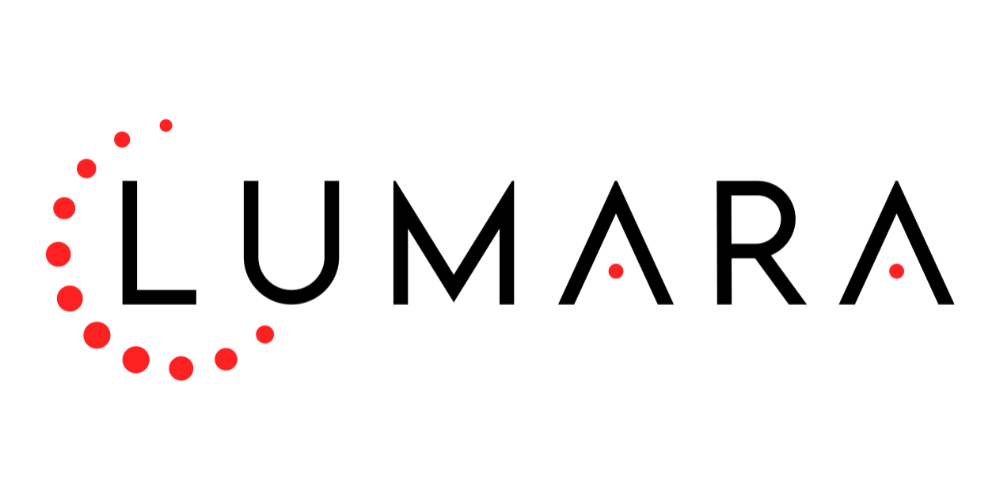
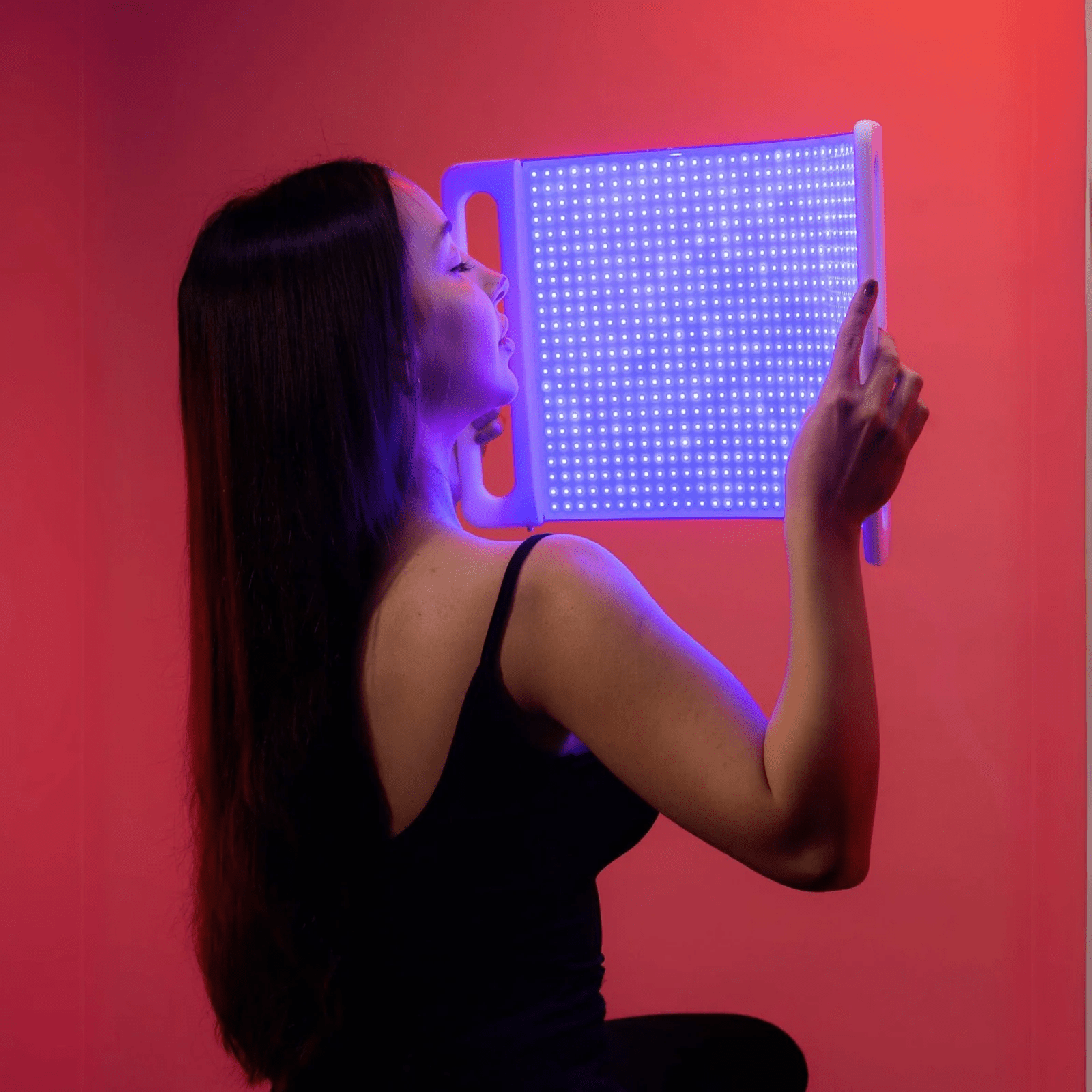
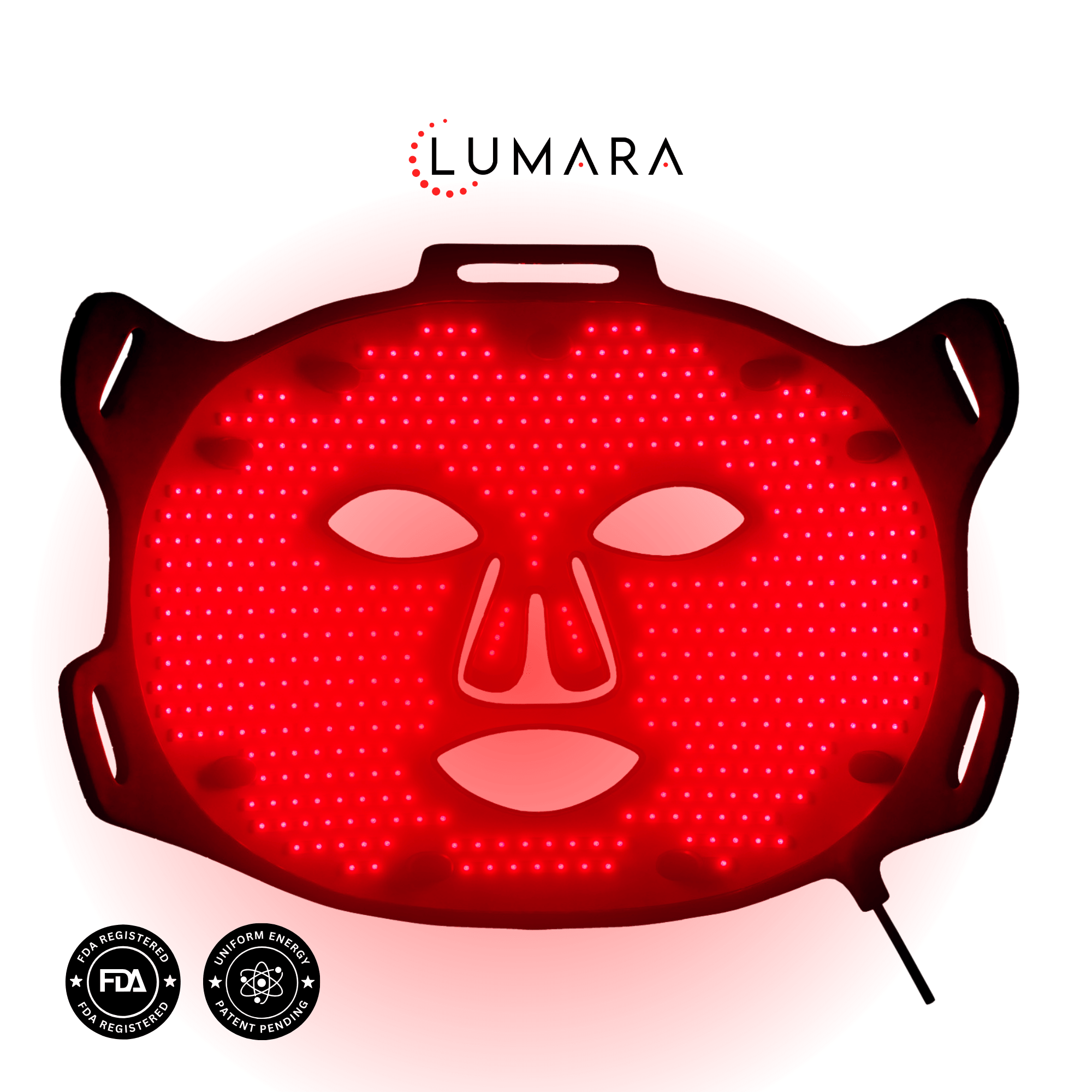
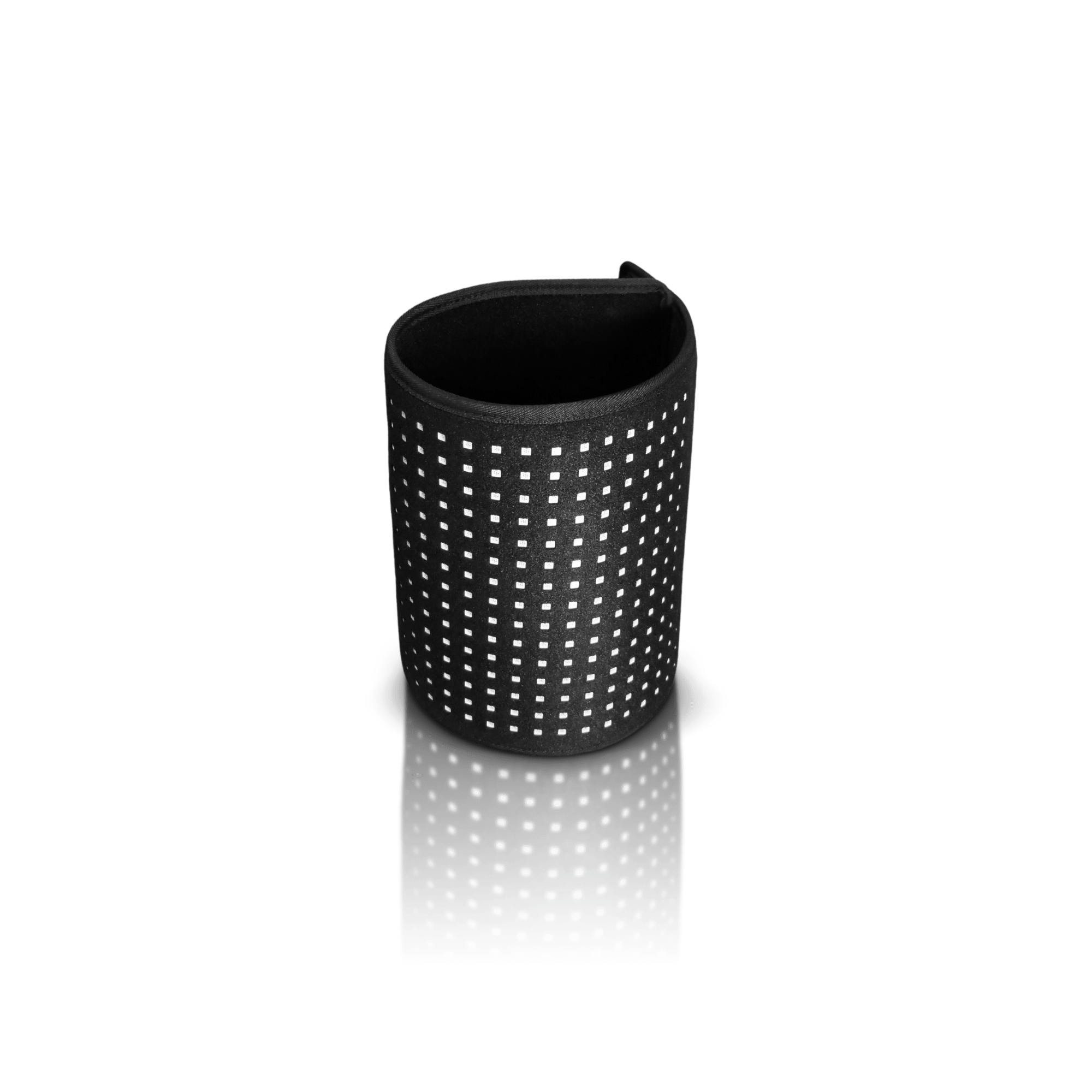
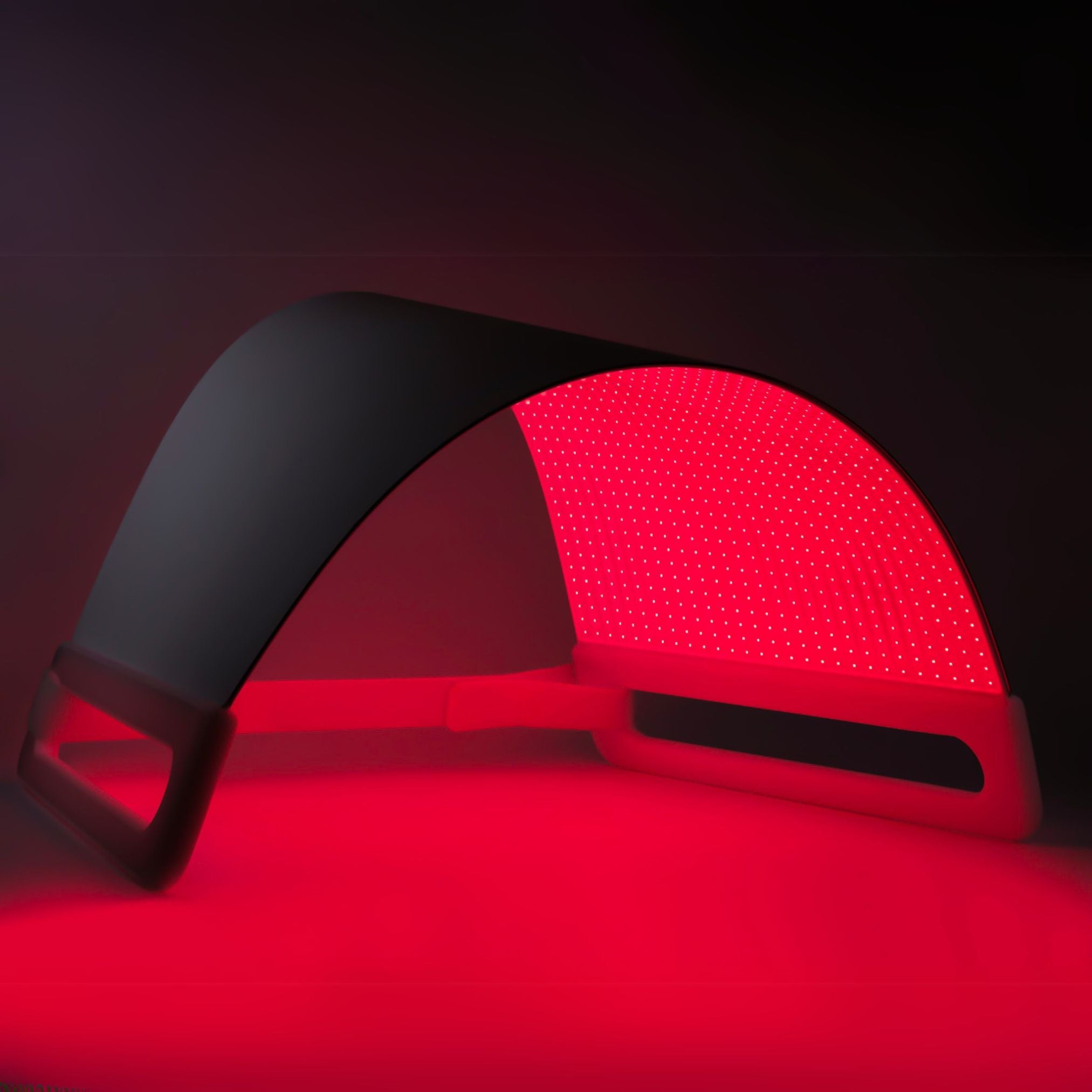
Share:
What Color LED Light Helps with Headaches
What Green Light Therapy Helps With: Skin & Mood Uses